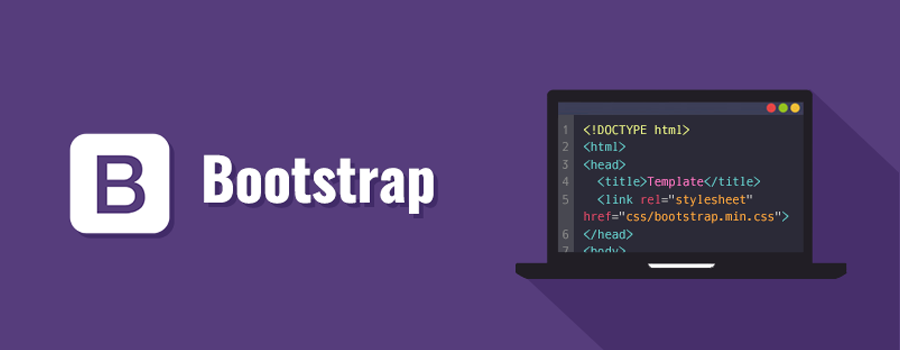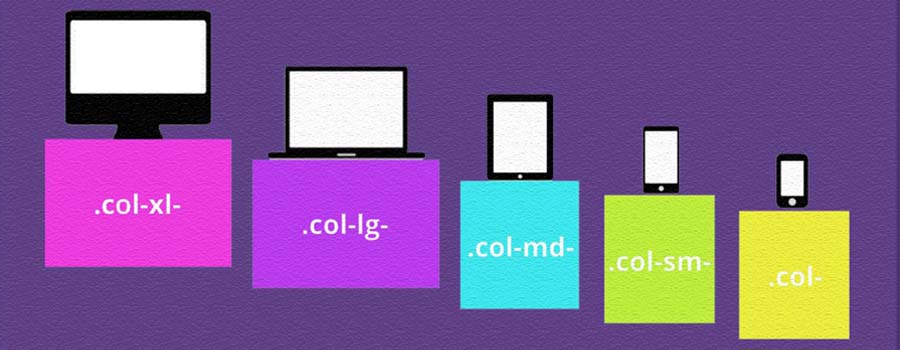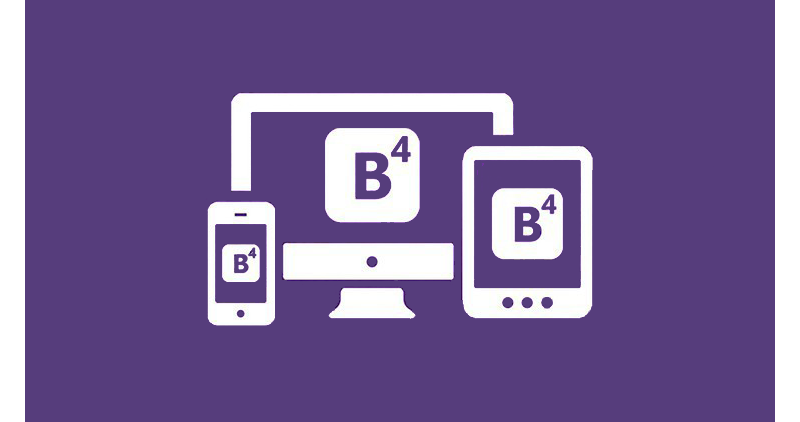
SOME INTERESTING FACTS ABOUT THE NEW LI-FI TECHNOLOGY
17th December 2019
What Is React Native?
20th December 2019TO USE
1. Saves time and is easy to use
Using Bootstrap, you can save a lot of time. You don’t have to spend time writing code, you can just use the Bootstrap predefined design templates and classes and put it exactly where they fit. That’s why it’s simple to use Bootstrap. If you have the basic working knowledge of HTML and CSS, you can start development with Bootstrap.
2.Customizable
An advantage of Bootstrap is that it offers many ways to be customized so that you can make it your own. You can pick and choose what is needed and toss what is not. Bootstrap can be adjusted exactly as you want it and as your project requires. This is simply accomplished using the Bootstrap customize page.
3. Great grid system
Creating page layouts needs a good grid. Bootstrap has this benefit: one of the best responsive, mobile grid system. It’s really easy to use and if you need to work through columns, then you’re in the right place using Bootstrap. Very handy when you want to hide some content based on screen size. Adding a class such as .visible-desktop to an element will make it visible only for desktop users. There are similar classes for tablets and phones.
4. Consistency
The problem that Bootstrap solved from the beginning was inconsistencies between designers and developers working on their projects. This is one of the main reasons Bootstrap came to be what it is: a central set of development code that solves the issues between the development front and the end-user front. Bootstrap’s results are uniform for every platform, it looks the same on all browser(Internet Explorer, Chrome, Firefox).
Bootstrap started out as a project developed by a few employees at Twitter. They were trying to develop a framework that will encourage consistency. Mark Otto, one of the team members an co-founder of Bootstrap later realized it had a huge potential, well beyond the usage as an internal tool. On its quest to pair designers with developers, Bootstrap had been made open-source since August 2011. The framework was a huge success at Twitter and it is a huge success outside of it too. The bottom line it that Bootstrap ensures consistency regardless of who’s working on the project.
5.Responsiveness
The need to have a responsive website is very important. Creating mobile-ready websites is a breeze with Bootstrap thanks to the fluid grid layout that dynamically adjusts to the proper screen resolution. If you shift from a laptop to an iPad, you won’t have to worry over your work. Bootstrap adapts to the change in platforms.
6. Compatibility
Bootstrap is compatible with all modern browsers and Internet Explorer versions. Bootstrap is equipped with elements that are being considered the future of design itself. For example, both HTML5 and CSS3 are things that are going to be big in the future. Plugins like HTML5Shiv and Respond.js come as part of Bootstrap’s default template. These help in porting HTML5 elements into older non-HTML5 browsers.
7.Documentation
Another advantage of Bootstrap is that it gives an impressive documentation, examples, and demos that will make it easier to use for someone new. In this way, you can save time because you don’t have to play with everything to learn how to use it. Everything is in the documentation.
8.Open source
One of the main reasons to use Bootstrap is the fact that it’s an open source project, hosted on Github. You don’t have to deal with purchasing and licensing issues and it gives you the freedom to change it how you want it.
NOT TO USE
1.All sites look alike
Bootstrap is popular and easy to use, therefore everyone is using it. Even if it’s customizable, giving you the chance to make it your own, not everyone does that. The result will be a number of websites that look more alike than they should.
2.It’s incredibly heavy
Bootstrap will help you to build an attractive, responsive website, but some mobile users could be turned away by the slow loading time and battery drain issues. Bootstrap comes with a lot of lines of CSS and JS, which is a good thing, but also a bad thing because of the bad internet connection. And there’s also the problem with the server that will take all the heat for using such a heavy framework.
3.Limited JavaScript components
You may not be a big fan of Javascript, but when it is needed in a project, it must be used. The problem with this is that Bootstrap’s plugins are limiting a lot of possibilities. Many developers are complaining about the Javascript components, especially the Tooltip plugin, that doesn’t have an IE fallback for some features.




